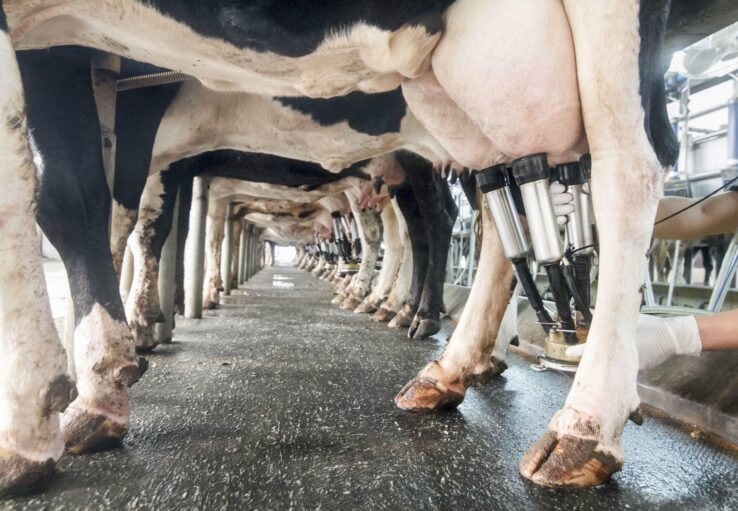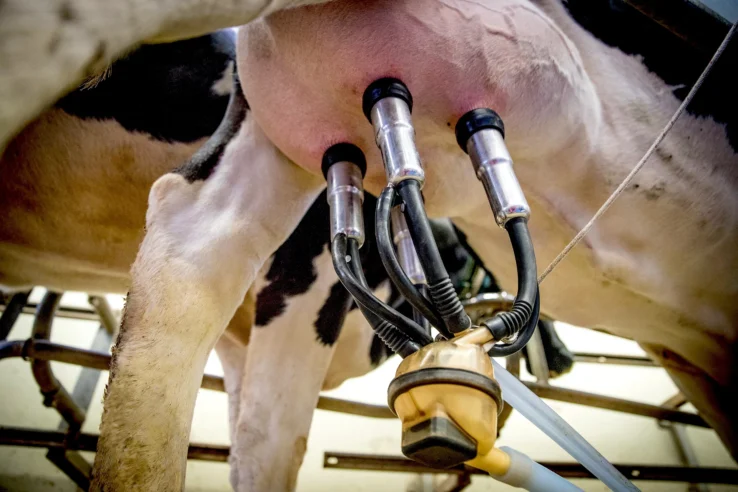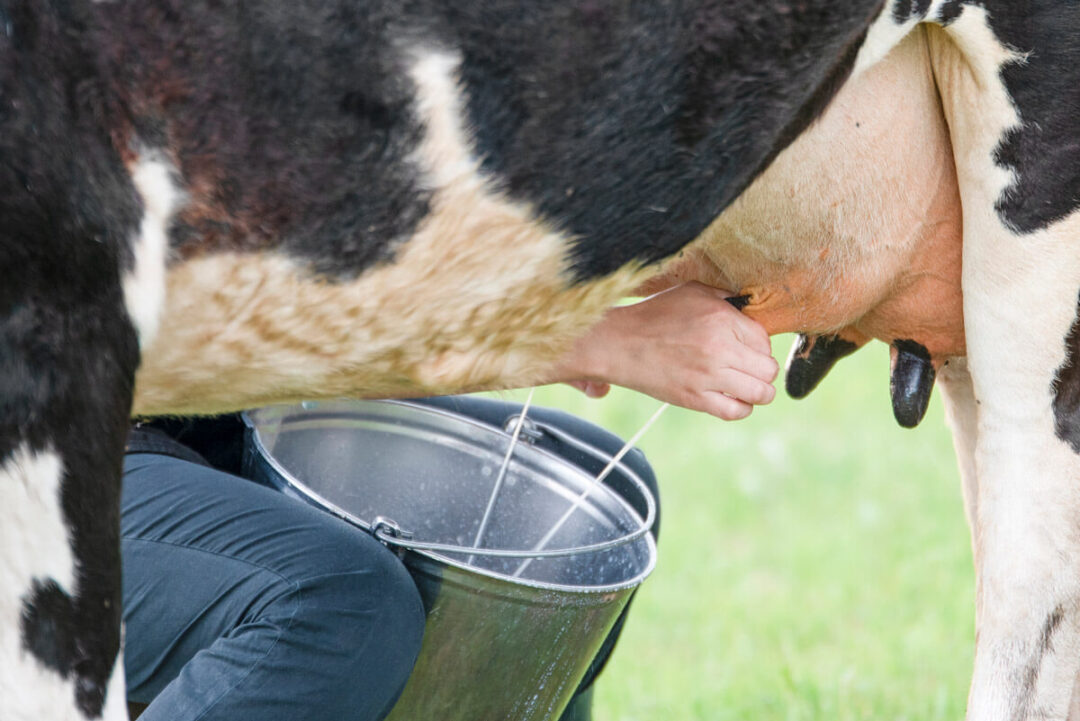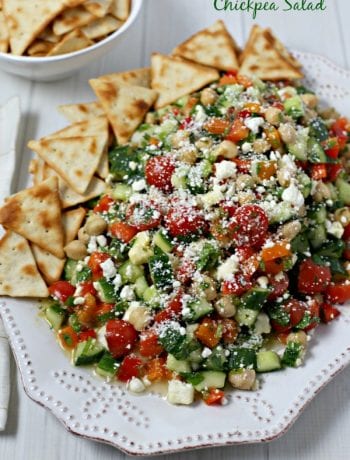Have you ever wondered exactly what happens to milk after it is extracted from a cow? It turns out that there are a surprising number of steps in the milk processing industry. Read on to learn how milk goes from the cow to the grocery store.
The 12 Steps of Milk Production

Source: four-paws.org
After milk is obtained from a cow or other milk-producing animals, it goes through a series of processing steps to prepare it for consumption or to be used in various dairy products. The exact process can vary depending on the intended use of the milk, but here’s a general step by step overview of the typical steps involved in processing milk:
- Milking: Milking machines or hand milking are used to extract milk from the udders of the cow. The milk is collected in a sanitary manner to avoid contamination.
- Storage: The collected milk is immediately stored in clean and hygienic containers, typically stainless-steel tanks, to maintain its freshness and quality. It’s crucial to keep the milk at a low temperature to inhibit bacterial growth, so it passes through dairy plate coolers to quickly lower the temperature before going into storage.
- Transportation: The milk is transported from the farm to the processing facility in refrigerated tanker trucks to ensure it remains cold during transit.
- Raw Milk Reception: At the processing facility, the milk is tested for quality and safety. It is examined for any signs of contamination or spoilage, and samples may be taken for laboratory analysis.
- Separation: In many dairy processing plants, the milk is first separated into cream and skim milk using a centrifuge or cream separator. This separation process allows for the production of various dairy products like butter, cream, and low-fat milk.
- Pasteurization: Most commercial milk is pasteurized, which involves heating the milk to a specific temperature (usually around 161°F or 72°C) for a short period to kill harmful bacteria and pathogens. Pasteurization helps extend the shelf life of milk and ensures its safety for consumption.
- Homogenization: Milk is often homogenized to break down fat molecules into smaller, more uniform sizes. This process prevents the separation of cream from the milk and ensures a consistent texture.
- Cooling: After pasteurization and homogenization, the milk is rapidly cooled to a low temperature to maintain freshness and inhibit bacterial growth. This cooling can be achieved using plate coolers, as mentioned above.
- Packaging: The milk is then filled into sterile containers, such as bottles, cartons, or plastic jugs. It’s important to maintain the cleanliness and hygiene of the packaging process to prevent contamination.
- Quality Control: Quality control measures are in place to check for taste, aroma, texture, and overall quality of the processed milk. Samples are tested for compliance with regulatory standards.
- Storage and Distribution: Packaged milk is stored in temperature-controlled environments and distributed to retailers, such as grocery stores, where consumers can purchase it.
- Consumer Consumption: Finally, consumers buy the milk from retail stores and use it for drinking, cooking, or making various dairy products like cheese, yogurt, and ice cream.

Source: thedairyalliance.com
The specific processing steps can vary depending on the type of milk product being produced. For example, making yogurt or cheese involves additional steps such as fermentation, curdling, and aging. The overall goal of milk processing is to ensure that the milk is safe, high-quality, and suitable for its intended use.




